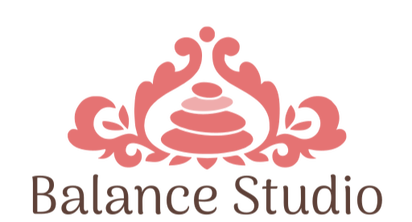According to Harvard University around 80% of people will deal with neck pain at some point in their lives and 20%-50% of individuals will deal with chronic neck pain on an annual basis. Neck pain and stiffness can interfere with daily activities such as driving, working and enjoying free time. In some cases neck dysfunction can also cause headaches of varying severity.
0 Comments
|
Author Born and raised in Colorado, Jamie Jolley received her massage certification in 2001 and her lymphatic drainage certification in 2012 from the Colorado School of Healing Arts in Lakewood. She received her Pilates certification through the Pilates of Cherry Creek studio in 2005. Jamie's passion is helping people feel happier, healthier and stronger through both massage therapy and Pilates training. Archives
April 2023
Categories
All
|

 RSS Feed
RSS Feed